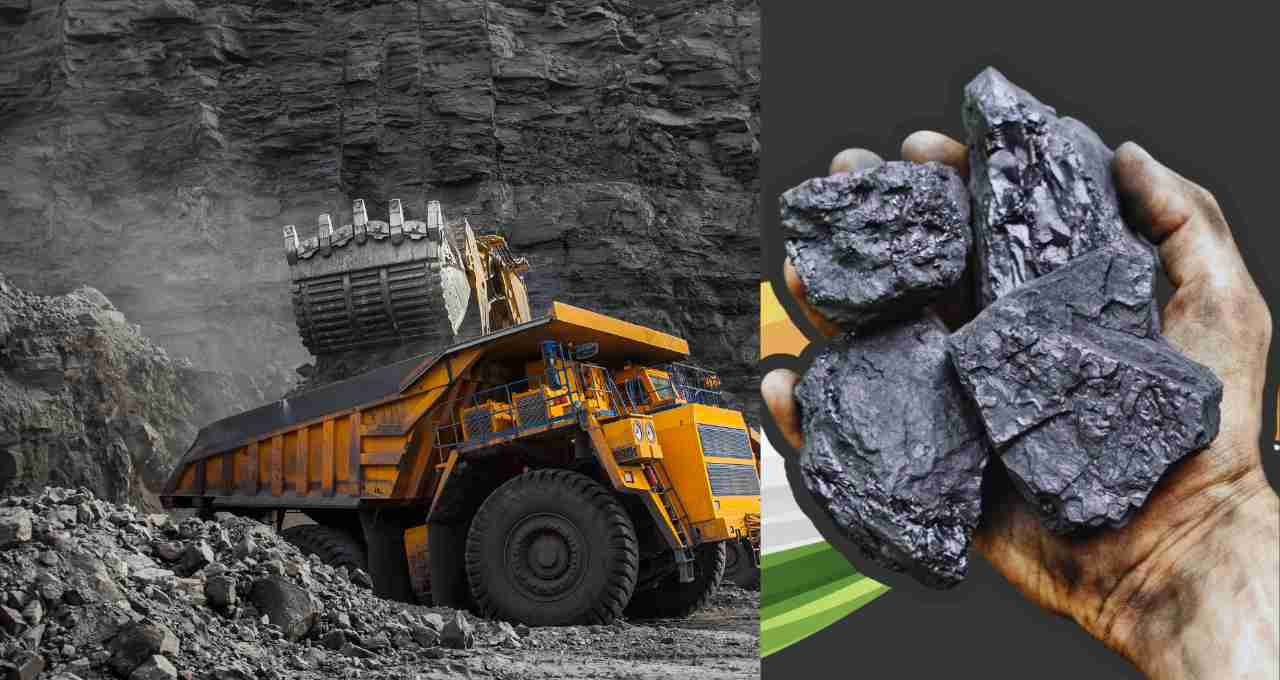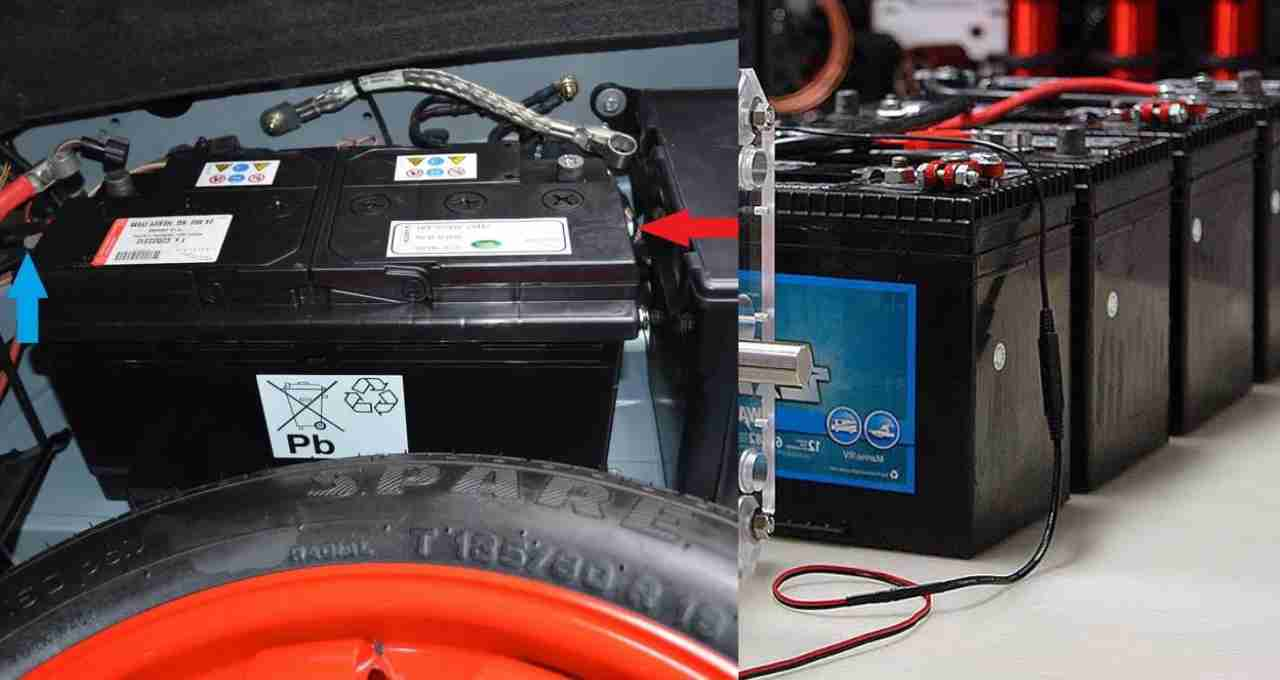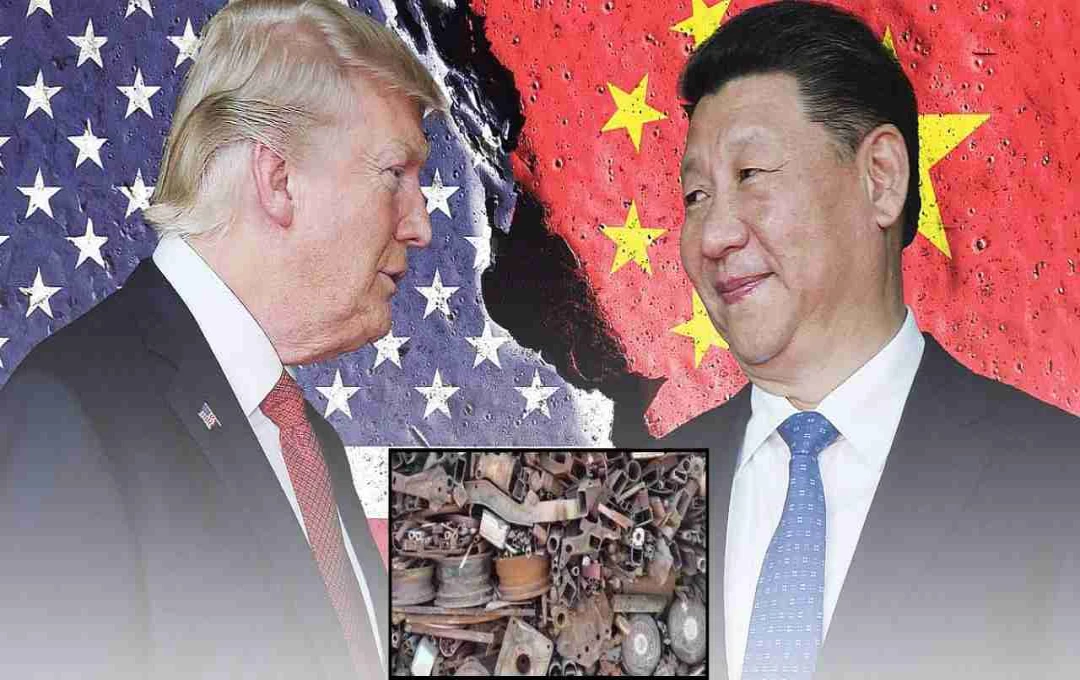The technological and economic tensions between China and the United States have now escalated into a battle over rare earth metals. In April 2025, China imposed export restrictions on seven key rare earth metals, impacting American tech and auto companies. In response, the United States adopted a new strategy – extracting metals from e-waste, or electronic waste.
The U.S. is now focused on extracting those precious metals from old laptops, mobile phones, TVs, and batteries, metals for which it was almost entirely dependent on China.
What are rare earth metals, and why are they so crucial?

Rare earth metals are used in modern technologies – such as electric vehicles, mobile phones, wind turbines, solar panels, and missile systems. These include elements like neodymium, praseodymium, dysprosium, and terbium, which are used to make magnets and electric motors.
Approximately 90 percent of the supply of these metals is controlled by China, and the U.S. is now considering e-waste as a new source to overcome this dependency.
Significant Involvement from the U.S. Department of Defense
Recently, the U.S. Department of Defense acquired a significant stake in MP Materials. This company is the only active rare earth mining company in the U.S., operating a mine in Mountain Pass, California. However, due to environmental and legal constraints associated with mining, the U.S. is increasingly focusing on recycling.
The U.S. Accelerates Recycling Efforts
American companies are now rapidly advancing the process of extracting gold, silver, lithium, cobalt, and rare earth metals from e-waste. Global Metals company Glencore has restarted a 100-year-old smelter site in Canada, where 15 percent of the metals are being extracted from recycled materials.
Kunal Sinha, Glencore's Head of Recycling, told CNBC, "E-waste wasn't taken seriously before, but now it has become a priority."
Rising Copper Prices and Trump's Tariff Policy
In July 2025, U.S. President Donald Trump announced a 50 percent tariff on copper imports. This directly impacted copper prices, which reached record levels. As the U.S. still imports about half of its copper needs, companies are now focusing on extracting copper through recycling.
It is estimated that by 2050, 45 percent of the total copper demand in the U.S. will be met through recycling.
New Resources to be Extracted from Batteries

Important metals such as lithium, cobalt, copper, and nickel are being extracted from old lithium-ion batteries. These metals are used in the manufacture of new EV batteries. Several U.S. startup companies, such as Ascend Elements, American Battery Technology, and Redwood Materials, are rapidly investing in this field.
However, uncertainty surrounding tax credits in the Trump administration's new policies could affect the plans of these companies.
The Growing Mountain of E-waste
In the digital age, the faster technology changes, the faster e-waste also increases. In 2022, 62 million metric tons of e-waste were generated globally, which was 82 percent more than in 2010. This figure could reach 82 million tons by 2030.
In the U.S., 8 million tons of e-waste were generated in 2022, but only 15-20 percent of it was properly recycled.
Impact of China's Export Restrictions on Companies Like Ford
The seven rare earth metals on which China imposed restrictions in April included elements like neodymium and dysprosium. These elements are crucial for EV companies, especially American companies like Ford and Tesla. In June, China granted export licenses to some American companies for six months, but the conditions are strict and the quantities are limited.
E-waste Becomes America's Weapon in the Metals War
In this economic and technological tussle between the U.S. and China, e-waste is now being used as a new weapon. The U.S. intends to extract essential metals from e-waste to free itself from China's supply chain.














